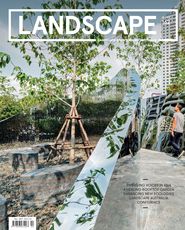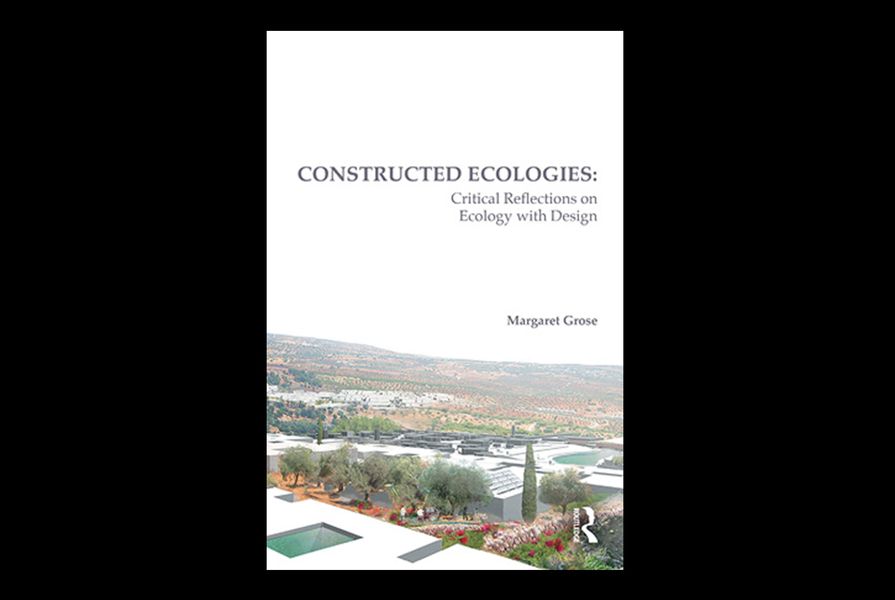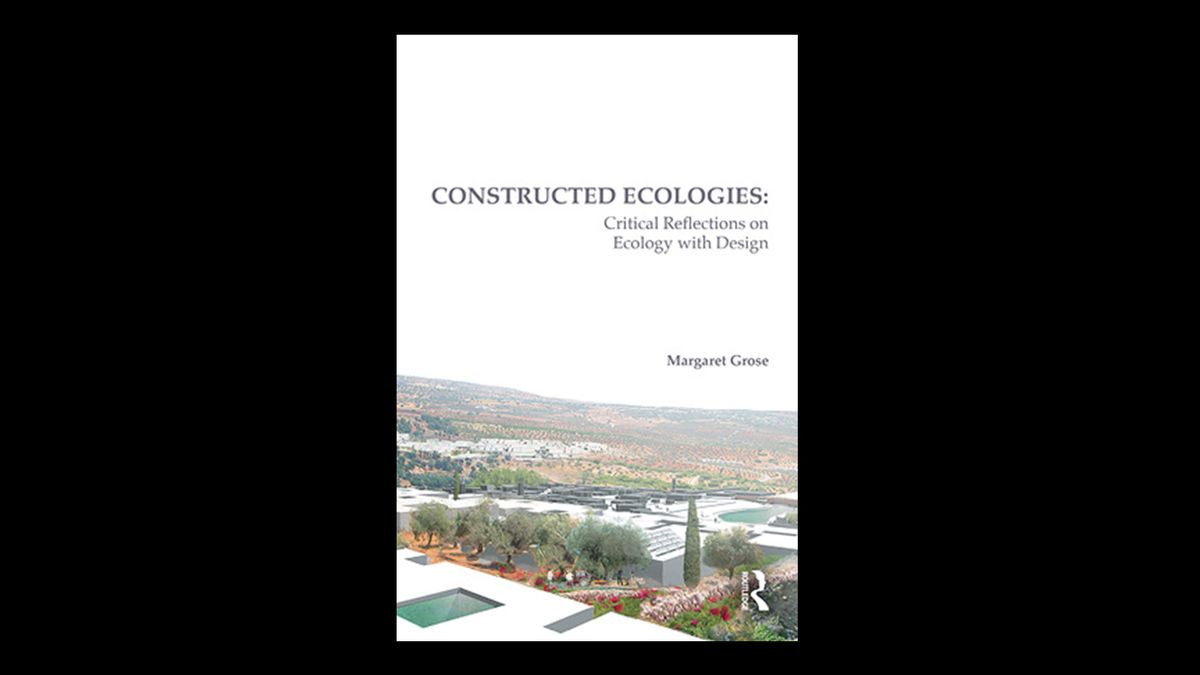Landscape architecture needs a wake-up call. And Margaret Grose’s book Constructed Ecologies: Critical Reflections on Ecology with Design1 offers a vigorous shake-up that is unflinching in its challenges to the profession. The chapter headings alone read as a series of imperatives for how we need to shift our practice and our research: “Global differences, not universals,” “Shifting adaptabilities, not static concepts,” “Multiple, not solo voices,” “Inquiries, not assumptions” and “Thinking backwards, not forwards as a linear narrative.”
The chapters are a catalogue of flawed understandings, incomplete research, and instances of resistance and denial that relate to landscape architectural practice. Richly illustrated with examples, exhaustively referenced and exemplifying the skill of critical thinking, this book identifies a range of concerns for landscape architecture. These include the tendency to make assumptions about everything from how the ancient habitats of our human ancestors underpin our landscape preferences, to the belief that more night lighting is better for us. In terms of landscape preference, Grose nimbly unravels savannah theory, laying bare how ancient humans were skilled in adapting to different settings, rather than simply preferring one landscape type. The perpetuation of savannah theory as the model for landscape preference is, she says, “a lazy idea in landscape research,” and misconstrued theory can have profound consequences for practice.
Revealing incorrect assumptions about night lighting similarly demonstrates how our practice is often based on imperfect understandings. Contrary to belief, more lighting does not reduce crime, and “it is ironic that people feel safer in lighting conditions that are now known to increase actual crime.” Somewhat perversely, then, our dogged determination to increase lighting does not decrease crime, and can have a negative effect on the environment and mental health. Yet lighting levels in our cities continue to increase, and the unacknowledged risks of particular kinds of lighting may well be “sleeping giants” in terms of our health.
Big data is another area that intoxicates designers, mesmerized by the idea that more data means better design. However, Grose warns, “often, data collection remains as just more and more describing the site, not reaching decisions towards an action.” The avalanche of data also offers food for thought – perhaps landscape architects should become more specialized Grose suggests, in areas like “constructed wetlands, small-system water issues … urban heat, refugee camps, and Smart Villages – to name a few.”
Examples like the unquestioning use of savannah theory, the insistence on adding more lighting and the mistaken belief that more data necessarily leads to higher quality design, underline the importance of thinking critically about information and how it is used. As American landscape and urban ecology academic Sarah Hinners wrote about teaching ecological design to students and her alarm at their enthusiastic but incorrect understanding of ecological edge theory, “they knew just enough to be dangerous.”2 It is chilling to think the same could be said of some professionals.
Grose’s book is not only a timely reminder for caution in our use of theory and information, it is also a signpost to landscape architecture’s potential and how we should be positioning ourselves to make more valuable contributions. As designers working in a constantly changing medium we need to be dexterous and adaptable, and to recognize the opportunities to design for change. Grose steers us away from the low hanging fruit, away from being seduced by ideas such as urban agriculture. In a phrase that could be the response to a number of contemporary issues, she states: “The city is not the solution to everything” – urban agriculture is not the way to solve food supply challenges. Rural agriculture, as unsexy as it might sound, is where a real difference can be made to feeding the world.
In showing science as responsive and creative, rather than as a fixed view of the world, Grose reveals how science can help in dealing with uncertainty – the very thing that is needed as we imagine futures in a climate-changed world. Rather than “combating” climate change, instead we need anticipatory design that imagines refugia for plants to move across landscapes as conditions change; we need to be innovative and lateral in how we connect with evidence and theories from science. Grose’s book offers a way forward, so that we might “extend the profession in critical and specific ways” to bring a “new sense of purpose” and new routes to forge.
Constructed Ecologies: Critical Reflections on Ecology with Design. Margaret Grose, Routledge, 2017.
1. Cover image: Fadi Masoud, Revisiting the Valley Section.
2. Sarah Hinners, “Ecology ≠ “Good” in “Roundtable: You say po-TAY-to. What ecologists and landscape architects don’t get about each other, but ought to,” The Nature of Cities website, 2017, www.thenatureofcities.com/2017/01/24/terms-creating-better-cities-ecologists-landscape-architects-lot-common-sometimes-talk-past-perspective-one-critical-idea-profession/ (accessed 28 February 2019).
Source

Review
Published online: 18 Jun 2019
Words:
Jacky Bowring
Issue
Landscape Architecture Australia, May 2019












